 Most of us are familiar with the story of Jesus and the little children. A group of individuals bring children to Jesus, and his disciples rebuke them. Jesus, in turn, welcomes them and uses the occasion as an opportunity to discuss the kingdom of God. Jesus’ concern about entry into the kingdom of God is carried over into the following narrative about the rich young ruler. The juxtaposition of the dependent children and the self-sufficient ruler is unmistakeable.
Most of us are familiar with the story of Jesus and the little children. A group of individuals bring children to Jesus, and his disciples rebuke them. Jesus, in turn, welcomes them and uses the occasion as an opportunity to discuss the kingdom of God. Jesus’ concern about entry into the kingdom of God is carried over into the following narrative about the rich young ruler. The juxtaposition of the dependent children and the self-sufficient ruler is unmistakeable.
Nevertheless, that is not the purpose for this post. The purpose of this post is to ponder aloud the question, “Were the children brought to Jesus to be healed?”
I noticed in my reading that Mark uses a specific word in 10:13. He writes, Καὶ προσέφερον αὐτῷ παιδία ἵνα αὐτῶν ἅψηται (And they brought to him little children in order that he might touch them).
Throughout the Gospel of Mark, the term ἅπτω (to touch) is used in connection with Jesus’ healing acts:
- Mark 1:41, “Moved with pity, he stretched out his hand and touched him and said to him, ‘I will; be clean.’ “
- Mark 3:10, “for he had healed many, so that all who had diseases pressed around him to touch him.”
- Mark 5:27–28, 30–31, “She had heard the reports about Jesus and came up behind him in the crowd and touched his garment. For she said, ‘If I touch even his garments, I will be made well.’ … And Jesus, perceiving in himself that power had gone out from him, immediately turned about in the crowd and said, ‘Who touched my garments?’ And his disciples said to him, ‘You see the crowd pressing around you, and yet you say, ‘Who touched me?’ ‘ “
- Mark 6:56, “And wherever he came, in villages, cities, or countryside, they laid the sick in the marketplaces and implored him that they might touch even the fringe of his garment. And as many as touched it were made well.”
- Mark 7:33, “And taking him aside from the crowd privately, he put his fingers into his ears, and after spitting touched his tongue.”
- Mark 8:22, “And they came to Bethsaida. And some people brought to him a blind man and begged him to touch him.”
As a matter of fact, if Mark does not use ἅπτω (to touch) in connection with healing here, it would be the only instance in both his Gospel and Matthew’s, for that matter, where it is not used in connection with a miraculous act of healing (cf. Matt 8:3, 15; 9:20–21, 29; 14:36; 17:7).
Despite the lexical evidence, we must also consider the following:
- there is no explicit mention of sickness, illness, paralysis, muteness, deafness, blindness, etc.,
- there is an explicit mention of Jesus’ act of blessing the children,
- the verb changes from ἅπτω (to touch) in verse 13 to τίθημι (to put or to place) in verse 16 when Jesus put his hands on them,
- and finally, Matthew avoids using the term ἅπτω entirely in 19:14.
Presented with this evidence, we are left with a number of options:
- Mark’s use of the term ἅπτω (to touch) indicates that healed the children; However Matthew chose not to highlight this event as one of Jesus’ miraculous acts.
- Mark does not intend to restrict the normal semantic range of the verb ἅπτω (to touch) to Jesus’ healing ministry, but employs it according to its natural usage. This accords well with its absence in Matthew, as well as the fact that Mark is more concerned with entrance into the kingdom of God than he is with Jesus’ power to heal.
What do you think? Does Mark use ἅπτω (to touch) in connection with Jesus’ ministry of healing, or has he departed from his established usage of ἅπτω throughout the Gospel in favor of its broader semantic range?


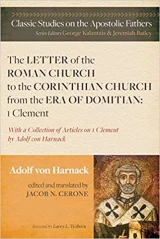

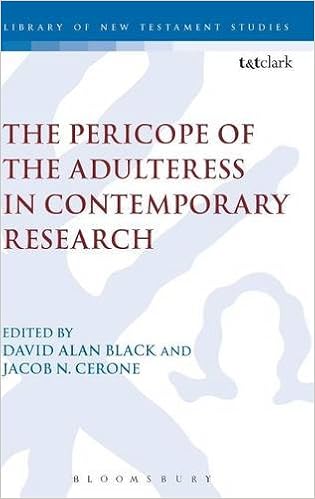

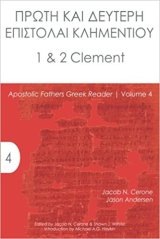
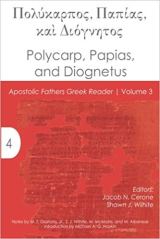
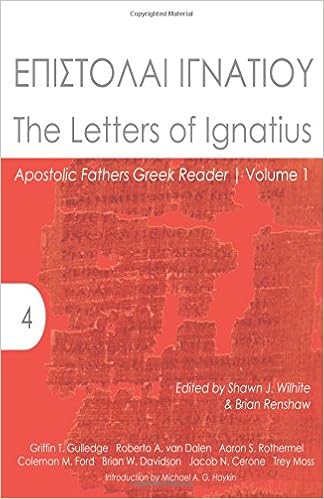
Questions I would consider in answering this:
1. Are there other repetitive words with specific connotations in Matt/Mark that then have a singular deviation for an alternative connotation in either Gospel? Does this happen elsewhere?
2. Does that sort of singular semantic shift happen broadly in the genre (thinking of ancient/koine Greek writing, not the genre of ‘books of the Bible.’)
3. Perhaps most importantly, does the word have a ‘normal’ usage in koine that would be commonly understood in ‘normal’ contexts but that Mark is adapting for a special connotation? So we read ‘to touch’ for the verb listed and we think ‘touch’ in almost every context means to, well, rub your hand on something (for lack of a better definition), but it can mean the idomatic ‘messed up’ as in ‘he’s a bit touched in the head.’ I could write a letter about seven people ‘touched in the head’ and then say that I touched a fish, and that would definitely not mean that the fish was ‘touched’ in the same manner as the folks who are all ‘touched in the head’ because the normal usage of touch is incredibly obvious. Is that the case in Greek?
well, and there is something about touching. used positively, it communicates many things – healing, blessing, affirmation, etc.
Pingback: Sunday roundup #8: 8.17.14. | Linguae Antiquitatum
Pingback: Biblical Studies Carnival - August 2014 - Biblical StudiesBiblical Studies